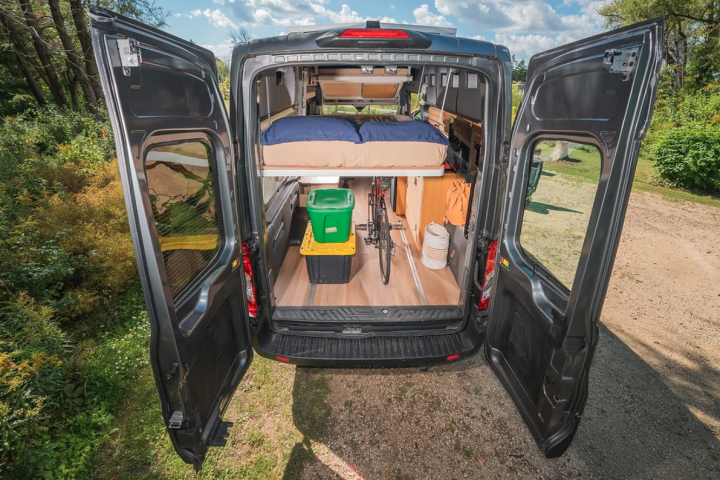A Glasgow-based startup is reducing the cost of access to space by offering "satellite kits" that make it easier for space enthusiasts, high schools and universities alike to build a small but functional satellite for as little as US$6,000 and then, thanks to its very small size, to launch for significantly less than the popular CubeSats.
Building a cheap, working satellite is far from easy. The tiny Kickstarter-funded KickSats, released as a secondary payload during SpaceX’s third ISS resupply mission, ran into a technical problem and failed to deploy in time, while the cheap TubeSats, though an interesting concept, have not seen a single launch to date. And although the more proven CubeSats have had more success, they still aren’t exactly affordable (launching a small 3U CubeSat into low Earth orbit will set you back almost $300,000).
As the name suggests, PocketQubes are "pocket-sized" cube-shaped satellites that measure just 5 cm (1.97 in) per side versus CubeSat’s 10 cm (3.94 in). At one eighth the volume and weight of the typical CubeSat, they are much cheaper to send into orbit (launch is approximately $20,000) but still capable of doing interesting things while in low Earth orbit. PocketQubes were first proposed by CubeSat co-inventor Prof. Bob Twiggs of Morehead State University as a way to further cheapen launch costs for universities, and, like CubeSats, they are modular and can be stacked together to create larger craft.

Thanks to a successful launch on a Russian Dnepr-1 rocket in November last year, there are already four PocketQubes currently in orbit, including the still-operational $50SAT, which cost less than $250 in parts and was developed with the help of Prof. Twiggs himself.
But for those who lack the know-how, building your first satellite – even a tiny one – is bound to be an exceedingly complicated and expensive affair. Glasgow-based startup PocketQube Shop, which sells components for the picosatellites, is trying to fill the gap by announcing the introduction of a "PocketQube Kit" that contains the main building blocks for any small budget satellite project.
The kit includes a spacecraft frame, a radio board, an on-board computer and a programmable Labsat development board that can be used to test different electronic boards. Moreover, the kit can interface with third party payloads. With a low (in spacecraft terms) starting price of $5,999 (around £4,000), the kit is targeted at high schools, university students and hobbyists alike.

If you’re not satisfied with the bare minimum and have some more money to spend, you can also choose to add other parts, such as an antenna, an attitude determination and control system (ADCS) or even a set of solar panels – though at $5,000 per unit, the latter do add up pretty quickly. Some of these parts are still in development by the startup itself, some are developed by third parties, and a few are unavailable right now, but will hopefully become available at a later date and before the next planned PocketQube launch, which is slated for early 2016.
Going smaller will mean less power, less communication, and less room for a payload. On the other hand, the technology will be simpler to wrap your head around, making it ideal for first-time satellite builders.
And if past CubeSat missions are any indication, the much smaller price will open up the way for amateurs and space agencies alike to take greater risks and experiment with new technologies (such as new propulsion systems) at a very quick pace.
Source: PocketQube Shop









